Before I leave the campsite, maybe for a day of sightseeing or a run into town for a few hours, I do the usual things – lock the doors, put valuables away, and pull in anything light enough to blow off the table.
But there are three other important steps I never skip. They take less than a minute, and they can prevent thousands of dollars in damage and a lot of frustration when I get back.
1. Retract the Awning
An awning might seem harmless left out on a calm day, but that’s when the unthinkable usually happens. A single large gust can twist the awning frame, tear the fabric, or rip it completely off the side of your RV. Even a minor repair can run several hundred dollars, and a full replacement typically ranges from about $1,200 to $3,000, depending on the size and brand.
Wind doesn’t give much warning. You might leave for a quick hike, only to come back to a shredded canopy flapping in the breeze. I’ve made it a habit to pull my awning in every time I leave, even if the weather looks steady. It takes a few seconds and removes any chance of facing an ugly and expensive surprise when I get back.
2. Turn Off the Water Supply
A slow leak can cause more damage than most RV owners realize. Leaving the campground water hooked up while you’re away might seem harmless, but if a fitting loosens or a hose bursts, that steady pressure will keep running until you return. Inside, the 12-volt pump can make the problem worse by cycling nonstop, draining your fresh tank, and burning itself out in the process.
Think this is overkill? A community member witnessed water pouring out of another camper’s Airstream while they were away. When asked if he turns the water off when he leaves his camper, he recounts this story and replied:
“Every time. But I just started doing that a few years ago after seeing water pouring out of an Airstream while the owners were away. My wife contacted the office and they called the owners. I cant imagine how much water damage they had to fix… Like you said, better safe than sorry”
He goes on to explain that he shut the water off at the spigot, but the damage was already done.
Water damage repairs can get expensive fast. Flooring replacement alone can cost a few thousand dollars, and that doesn’t include electrical or cabinetry work if the leak spreads. Turning off the water at both the campground spigot and your onboard pump prevents that risk completely.
It’s a thirty-second step that protects the most vulnerable parts of your RV. I do it every single time I leave the site, no matter how short the trip.
3. Power Down the Water Heater
When the water supply is turned off, the tank won’t refill if a small leak drains some water from the system. That can leave the heating element exposed, and if the heater cycles on, it can burn out in seconds. The element itself is fairly cheap, but replacing it often involves labor or additional parts that can push the total repair to several hundred dollars.
Before leaving for the day, I always switch off both the electric and propane power to the water heater. It keeps the system safe in case water levels drop and prevents the heater from running when there’s nothing left to heat. It’s a quick habit that protects one of the most sensitive components in your plumbing system.
Quick Recap
These three steps – retracting the awning, turning off the water, and powering down the heater – take less than a minute and very little effort, but they can save thousands in damage and weeks of frustration.
It’s a short routine that makes coming back to your campsite as easy as you left it.
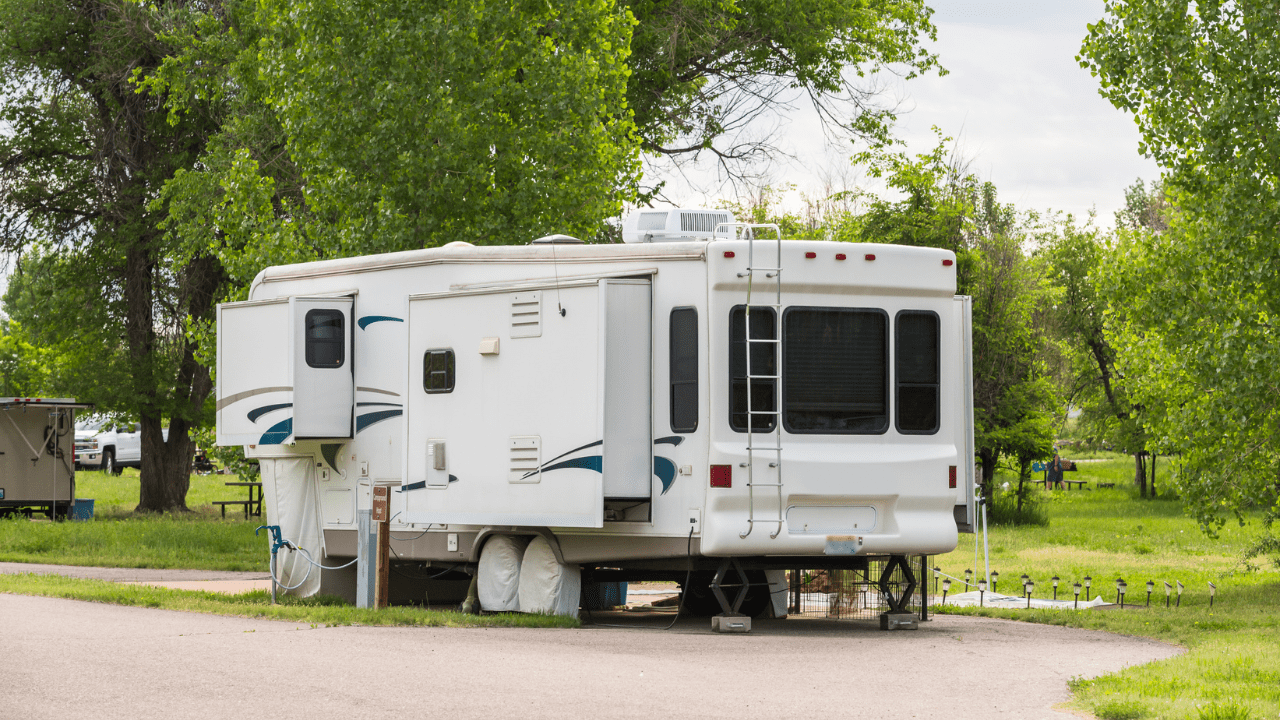
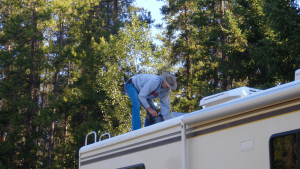
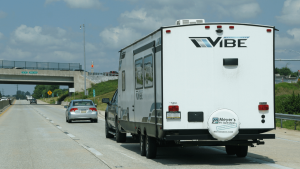
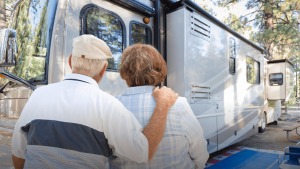

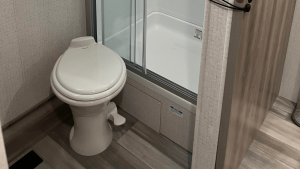
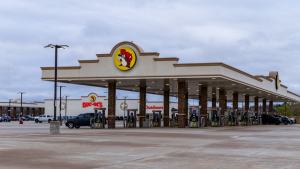
Write a comment